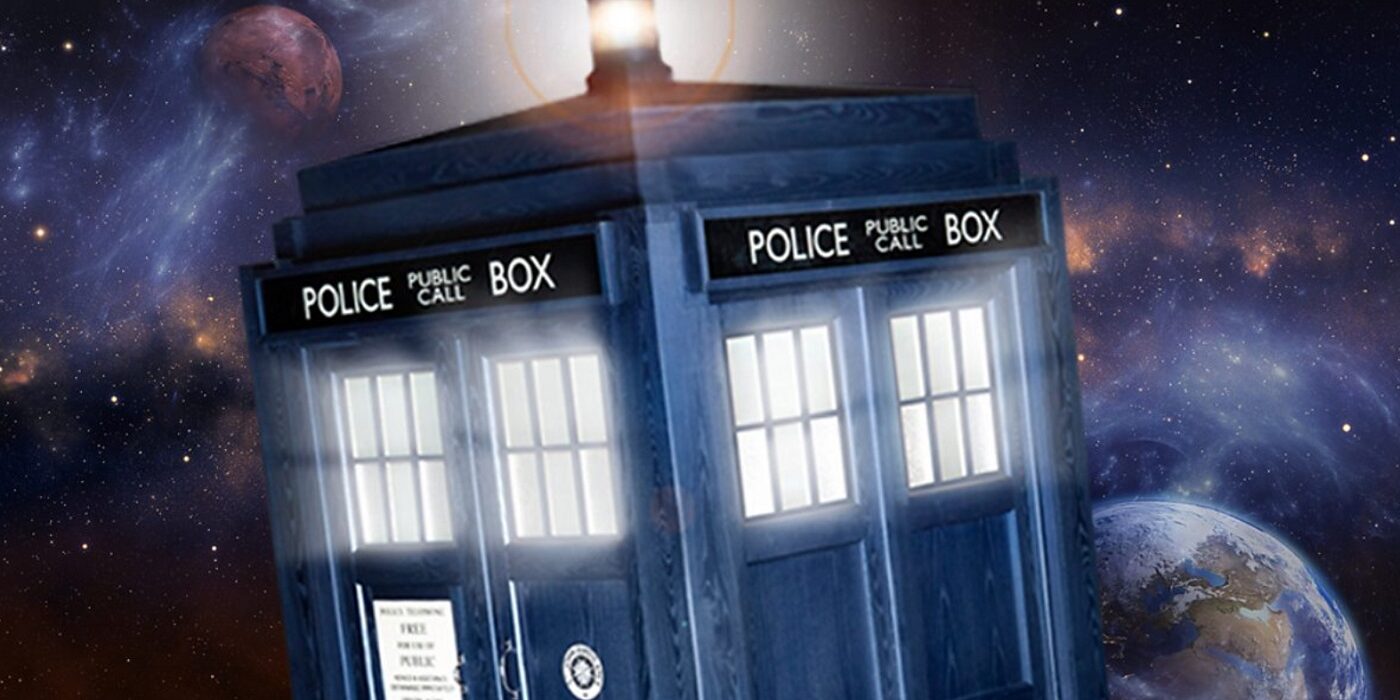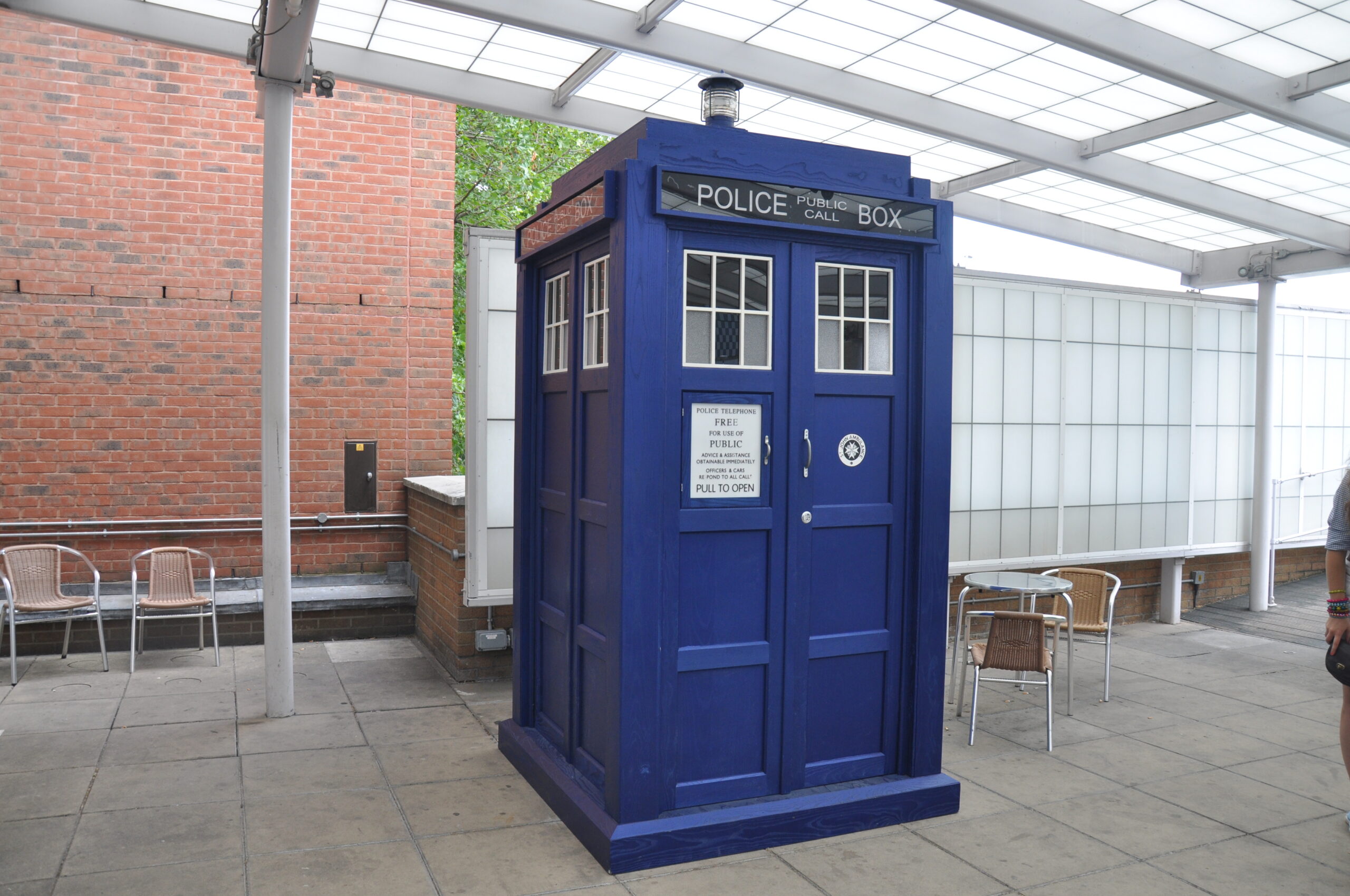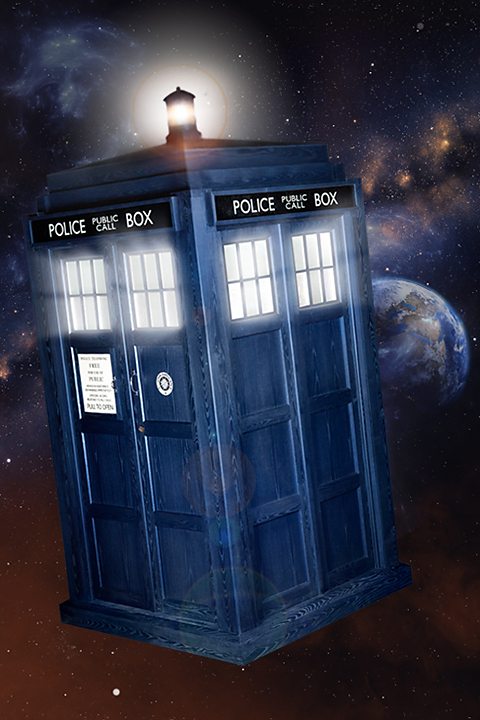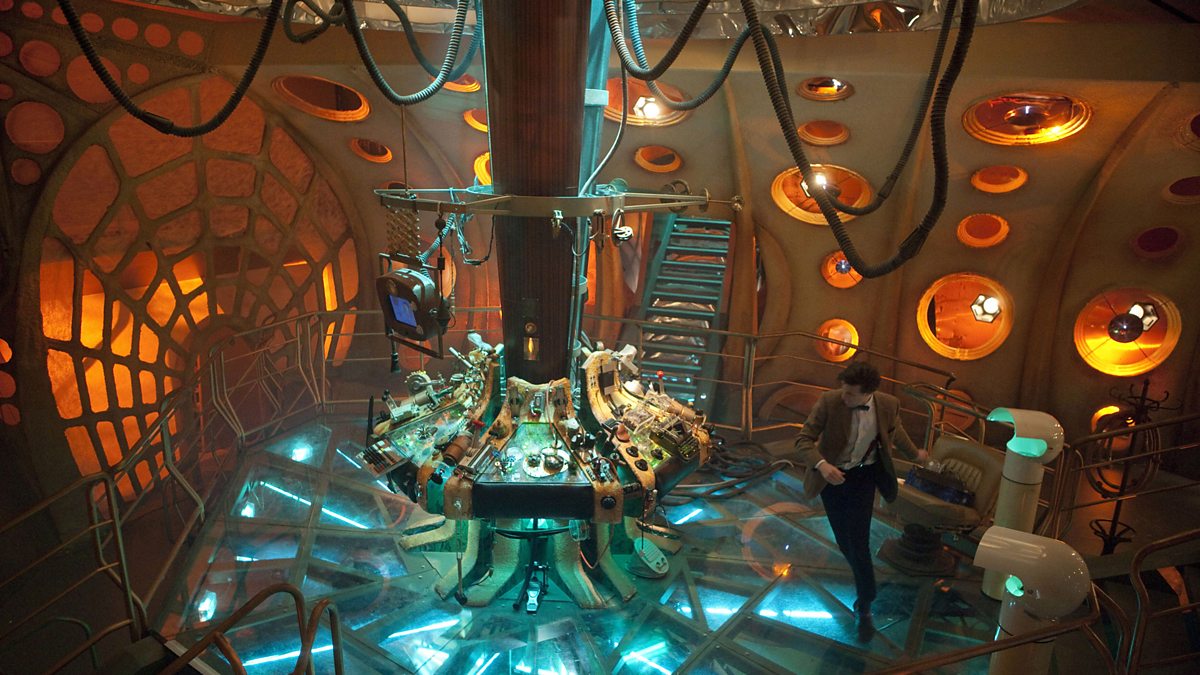Doctor Who: It’s Bigger on the Inside! The TARDIS Breakdown

This big blue box holds untold depths. And has traveled throughout space and time. We break down the TARDIS.
Throughout the universe, no vessel cuts quite as unique a silhouette as the Doctor’s TARDIS. Sometimes known as the Ship, the Box, the Leadworth Locker, Cabinet of Light, and a host of other aliases besides. Shaped like a bright blue police call box, bigger on the inside than the outside, the TARDIS played an instrumental role in events throughout time.
The TARDIS shared a unique relationship with her companion/pilot/Doctor. And just like the most infamous of Time Lords, the TARDIS displayed quite a few capabilities that were unique, even among other TARDIS-class vessels.
The TARDIS: Type Forty Time Travel Capsule
The Doctor’s TARDIS was originally a Type 40 Time Travel Capsule. And little enough was known about these capsules, save from the examples found in the Mark 3, piloted by the Doctor. What is known is that the Type 40 was intended to have six pilots and that by the time the Doctor found his TARDIS, the Type 40s were long considered antiques.
Described as undesirably old, the TARDIS frequently surprised onlookers with its continued operation. Indeed, this particular Type 40, had a number of unusual quirks. Including its signature shape: that of a police call box from 1963 in London.
All Time Travel vessels were originally equipped with a device known as a chameleon circuit that could, within the first nanosecond of landing, analyze the surrounding environs, calculate a twelve-dimensional data map of everything within a thousand-mile radius, and determine a form that would blend in best with the environment.
It’s just that the TARDIS always chose a police telephone box from 1963.
It’s Bigger on the Inside!
Throughout the long long history of the TARDIS, her interior underwent the occasional metamorphosis. Sometimes this was by choice. Other times it was in response to external stimuli, like the Doctor’s regeneration.
The TARDIS could change its layout of hallways and rooms, as well as its appearance. Sometimes hallways looked like sterile halls with roundels. Other times, they could appear as hallways filled with doors to rooms bigger on the inside. And in one unusual situation, appeared as cavern tunnels with lights in the wall.
All of this was made possible through the architectural configuration system. This would allow the TARDIS or the doctor to create and modify rooms according to what they needed. Including for purposes of self-defense.
On more than one occasion, the TARDIS shifted rooms and corridors to create a winding labyrinth to stymie would-be-invaders. Or to preserve passengers from threats.
The TARDIS’ exterior was not just smaller in appearance, but smaller in weight too. The actual “true weight” of the interior would fracture the surface of the Earth.
But even so, the Tardis could adjust its own relative gravity as well. In fact, from the TARDIS’ central control room, so much could be changed.
The Heart of the TARDIS
At the heart of everything was the control room. From here, the Doctor and various companions and passengers could operate the TARDIS. Dominated by a large, typically hexagonal console in the middle of the room, the control (or console) room had a number of functions.
As the Eleventh DOctor discovered, each of the six panels on the central console had its own discrete functions:
The mechanical panel contained a variety of physical functions, including an engine release lever, door release lever, gyroscopic stabilizer, locking down mechanism, and the TARDIS display dials.
The helm panel contained the Doctor’s Eyepiece, which served as an alternative to the scanner. As well as the time rotor handbrake and space/time throttle.
The navigation panel contained the controls to move the TARDIS forward or back in time and space. As well as a directional pointer, atom accelerator, and spatial location input. While the Diagnostic panel contained systems like inertial dampers, cooling systems, and dispensers.
The communications panel contained, of all things, an analog telephone. On top of this, it had a voice recorder digital com, radio waves detector, and scanner/typewriter.
Finally, the fabrication panel contained a harmonic generator, time altimeter, fabrication dispenser, and a Heisenberg focusing device, which helped the vessel break the Uncertainty Principle.
TARDIS Capabilities
Beyond the damaged chameleon circuit, the TARDIS had the ability to teleport for short jumps. This is thanks to its Hostile Action Displacement System. The HADS also had a “dispersal” function which would scatter the atoms of the ship, scattering them until such time as they could be retrieved.
The TARDIS also had a force field generator, plus a tribophysical waveform macrokinetic extrapolator which would help keep the ship safe in times of great need. However, for all that she took the Doctor into and out of combat across the Universe in any direction, he never mounted weapons on the TARDIS.
Instead preferring to either cloak the TARDIS, shield her with Intuition Circuits, or quick maneuver.
And yet, even the appearance of the TARDIS was enough to frighten off would-be invaders of Earth









